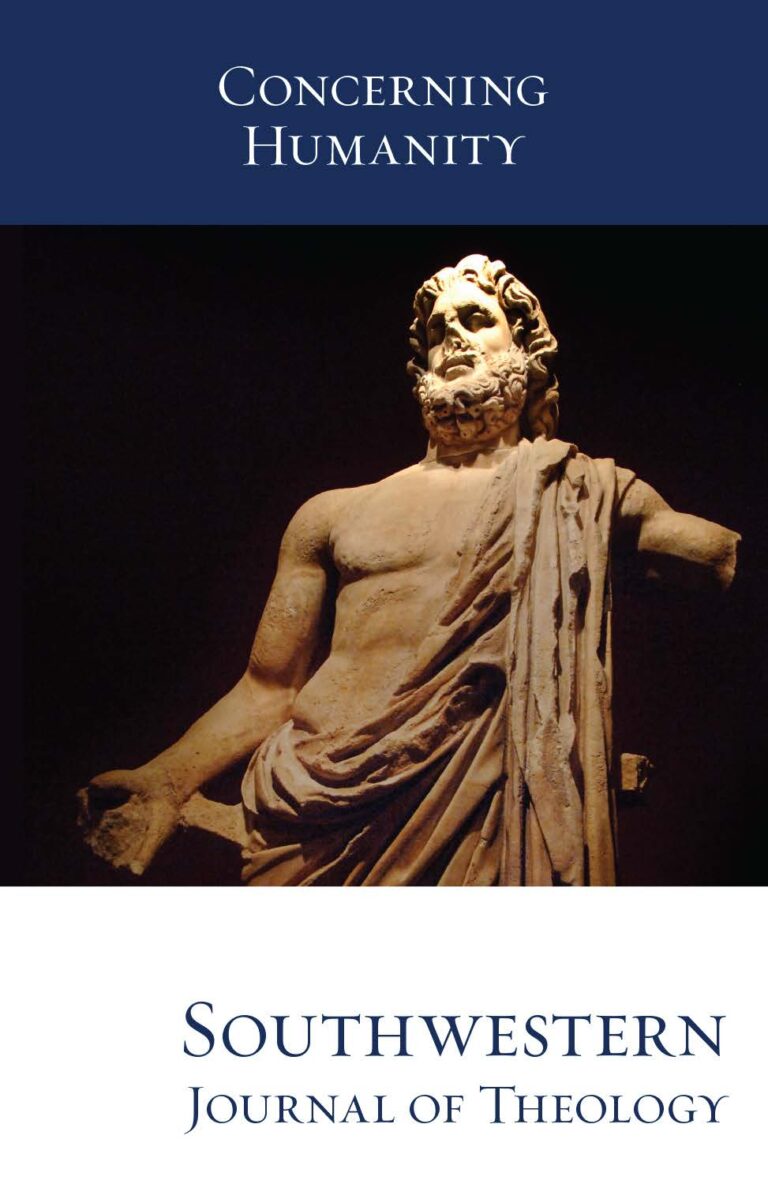
Concerning Humanity
Southwestern Journal of Theology
Volume 59, No. 1 – Fall 2016
Managing Editor: W. Madison Grace II
By James Emery White. Grand Rapids: Baker, 2014. 224 pages. Paperback, $15.99.
Many are disassociating themselves from formal religious groups, instead choosing “none of the above” as their religious affiliation. What does this mean for society and evangelism? In The Rise of the Nones, James Emery White argues that the rise of the “nones” indicates a significant cultural transformation that requires Christians reevaluate their understanding of society and alter their evangelistic outreach strategies.
White organizes his work into two sections. Section one analyzes the rise, characteristics, and cultural impact of “nones” (i.e., the religiously unaffiliated, 7). Section two outlines “the new mentality and approach” necessary to evangelize this growing group (8). He shows that since the 1990s “nones” have been the “fastestgrowing and second-largest religious category” (17). He attributes this to two factors. First, a “perfect storm” created by the church’s recent activities and failures (37–41); second, to “secularization, privatization, and pluralization” (46–51). Religiously, he shows that “nones” are indifferent toward religion, though many consider themselves spiritual (ch. 2). Thus, a new paradigm and new evangelistic strategies are required.
In section two, White argues that churches must undergo a “paradigm shift” regarding church growth (73). They must strive for conversion growth rather than biological, transfer, and prodigal growth (ch. 6). This necessitates churches analyze their “atmosphere” as related to “nones” (ch. 7). Also, he proposes three changes: adoption of “cause” (ch. 8), focus on “grace and truth” (ch. 9), and a “new apologetics” (ch. 10). To help accomplish this, White calls for “unity” (ch. 11) and proposes churches “open the front door” to “nones” (ch. 12).
White offers a thorough analysis of the religiously unaffiliated by citing numerous studies. Furthermore, he shows that their recent growth requires new mindsets and approaches to evangelism. Despite his evidence, however, there are two areas of weakness. First, he attributes the “perfect storm” in part to several headlines, social movements, and fads of the 1990s. He does not, though, show why these were more influential than the events of the 1960s (34–36). Second, in his analysis of the “nones,” White does not address a possible pushback. There will be some who reject his conclusions regarding society and his call to reevaluate traditional outreach methods.
In section two White offers proposals to reach the “nones” with the gospel. First, he reminds his readers to focus on conversion growth (ch. 6). Second, he clearly articulates the error of some traditional outreach methods, brilliantly illustrating his point using car sales (76–79). As for specific application, four of White’s recommendations are noteworthy. First, he calls for a renewed emphasis on Christ and the cross (i.e., “grace and truth,” ch. 9). Second, he recommends adopting a “new apologetics” emphasizing meaning more than empiricism (ch. 10). Third, he calls for unity among believers (ch. 11). Finally, he offers five specific keys to creating a church welcoming to “nones” (ch. 12). Despite the helpful—and much needed –information, section two’s usefulness is limited. In chapter 7, White discusses six “atmospheres” but only clearly defines two: “none hostile” and “none indifferent.” Those that receive the greatest emphasis, “none targeted” and “no man’s land,” remain ambiguous.
Second, White focuses on “cause” as a means to reach the “nones” (ch. 8). However, his explanation of “cause” lacks clarity and thus invites misinterpretation. Although he attempts to distinguish social action from social transformation, his lack of clarity opens the door to social justice, the social gospel, and religious progressivism.
Third, although he rightly emphasizes “grace and truth,” he does not clearly define “truth” (ch. 9). White refers to “truth” as rules imposed by man (cf. Islam and Christian legalism). With only this definition offered, one is left wondering if “grace and truth” means preaching both the cross and imposing legalistic rules?
Finally, White overlooks two vital areas: small churches and submission to God. At times he calls for changes some may find difficult, e.g., changing musical instrumentation, building renovations, and implementing multimedia. However, he fails to help small churches understand how to make these adjustments. How will a small country church of fifty people with an average age of 65 implement these changes? Not only does White overlook small churches, he also omits submission to God. There is no specific discussion on submission to the Holy Spirit, the supremacy of Christ, or the sovereignty of God. Without submission a paradigm shift is unlikely and unity is unachievable.James Emery White’s work, The Rise of the Nones, has the potential to be groundbreaking, especially section one, wherein he analyzes the rising group of the religiously unaffiliated. However, its usefulness in application is hindered by limited elaboration, undefined terms, and overlooked issues. As such, White accomplishes most, but not all, of his stated goal. Nevertheless, The Rise of the Nones offers insight into an unprecedented modern cultural phenomenon. He shows that “nones” are indifferent to religion and do not necessarily hold a Christian worldview. Thus, White’s work is pivotal to both understanding culture and devising new strategies to reach that culture.





